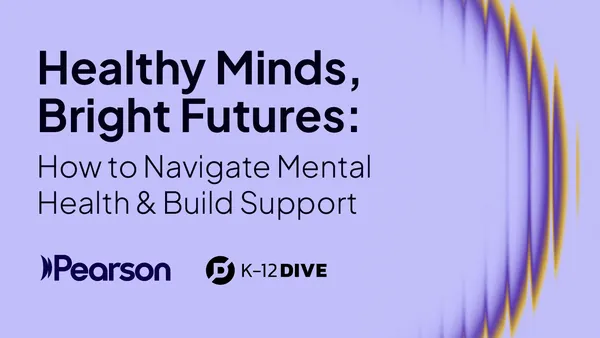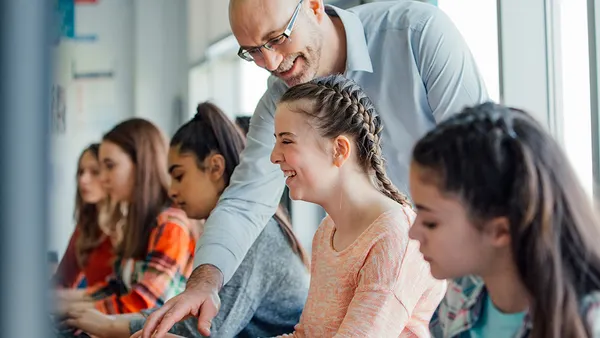Dive Brief:
- Using learning menus in the classroom, which give students options to pick from, helps to engage them, teachers Carl Draeger and Daniel Wilson write in Education Week.
- Alternative options are using personalized learning strategies, like an individualized learning plan for each student, or focusing largely on problem-based learning, which encourages critical thinking.
- Student-based teaching shows students that they are trusted by educators and builds confidence.
Dive Insight:
A few options suggested by Draeger and Wilson to stimulate problem-solving for learners include GIST summarizations, Think-Pair-Shares or cubing activities. Creative projects like homemade videos or multimedia presentations aimed at solutions or a deeper exploration of a subject also work well. That way, students can apply learning to situations that are meaningful to them, the article authors note.
The advent of personalized learning and the gamification of learning also help motivate learners. Some schools like West Virginia's Sherman Elementary School have seen success and high participation rates tapping into natural competitiveness by having students compete to earn points and prizes from completing online lessons. At the 2015 ED Games Expo, 30 of the 45 games on display were backed by federal Small Business Innovation Research (SBIR) grants.
Still, some question whether using games is a good idea. The Scientific American has reported that "there is little proof that skillful game play translates into better test scores or broader cognitive development."
A District Administration survey from January 2016 found that among priorities for K-12 school leaders, the top pick for 75% of respondents is improving student achievement and outcomes. Personalized learning can help, especially when teachers and districts collaborate to tailor learning on an individual level. That, the survey found, better engaged and motivated students.













